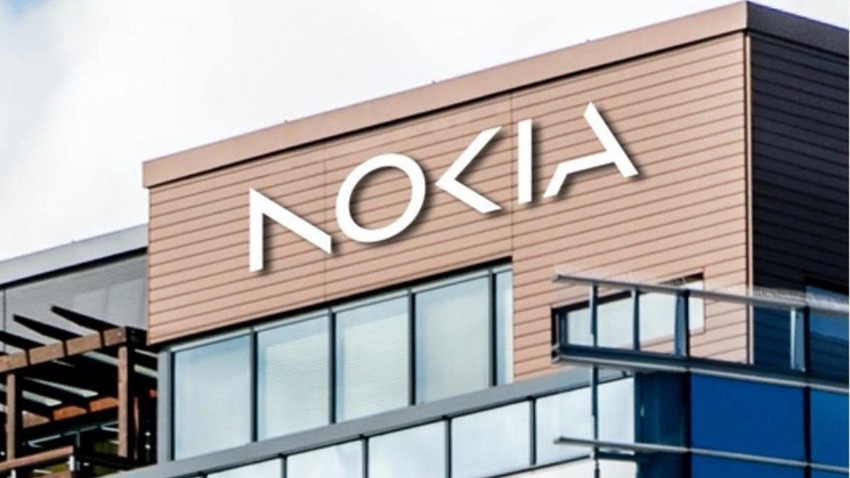Nokia backs big tech’s Ultra Ethernet push
Finnish kit maker Nokia has joined the industry-wide effort to make Ethernet fit for the age of AI high-performance computing (HPC).
November 22, 2023

It has signed up to the Ultra Ethernet Consortium (UEC), which was launched this summer and is hosted by the Linux Foundation. Its founding members are AMD, Arista, Broadcom, Cisco, Eviden, HPE, Intel, Meta and Microsoft.
Applications for new members were opened in the fourth quarter, and it looks like Nokia has wasted no time before getting involved.
The UEC’s stated aim is to design an Ethernet-based communication stack architecture for high-performance networking. As well as ensuring the best possible performance, it also needs to preserve Ethernet’s ease-of-use, interoperability, and affordability.
Nokia for its part said it will bring to bear its understanding of Web, enterprise and service provider networking to help the consortium define Ultra Ethernet. There are four working groups – physical layer; link layer; transport layer; and software layer – and Nokia said it will contribute to “several” of them.
Vach Kompella, head of Nokia’s IP business, said: “Generative AI and ML are revolutionising every aspect of our customers’ businesses. Our networking solutions advance their ability to deploy AI quickly and pursue exciting new use cases and applications.
“With our extensive footprint in communications, enterprise and webscale networks, we are focused on making Ultra Ethernet a highly compatible, low cost and interoperable part of future AI and HPC application stacks,” he said.
“The UEC welcomes Nokia’s deep experience and expertise in building some of the world’s highest-performing networks,” added UEC chair J Metz. “Together with a broad ecosystem of consortium partners, our goal is to provide an open, interoperable standard that allows networks to be upgraded easily and inexpensively to meet the needs of AI and HPC applications. With strong partners like Nokia, we know the UEC will drive the kind of standard to ensure broad AI adoption.”
There are Ethernet products available today that support 100 Gigabit connectivity, which you would think is plenty fast enough. But with all the excitement about AI, machine learning (ML), and supercomputing, and the demands these place on data centre networks, there is a desire to ward off any potential bottlenecks in the system that might otherwise crop up further down the line.
Indeed, judging by a Gartner forecast shared last week, AI is expected to transition from the fluff and hype of this year to meaningful spending in the next.
The analyst firm reckons generative AI will contribute to a 20.4% year-on-year increase in end-user spending on public cloud in 2024, which is expected to total $679 billion. Gartner also expects global IT spending to grow 8.8% to $5.1 trillion next year.
With the well-documented and ongoing slowdown in operator RAN capex, telco vendors like Nokia are under pressure to pursue other growth opportunities, and cloud and AI are certainly two of the bigger ones. There is also plenty of crossover here with telcos, which are keen to migrate to cloud-native infrastructure; deploy multi-access edge computing (MEC); and leverage AI to overhaul multiple business processes and optimise network performance.
With all this in mind, it certainly won’t hurt Nokia to have a hand in designing the plumbing of future data centre networks alongside the likes of Cisco and Microsoft.
About the Author(s)
You May Also Like











_1.jpg?width=300&auto=webp&quality=80&disable=upscale)


.png?width=800&auto=webp&quality=80&disable=upscale)